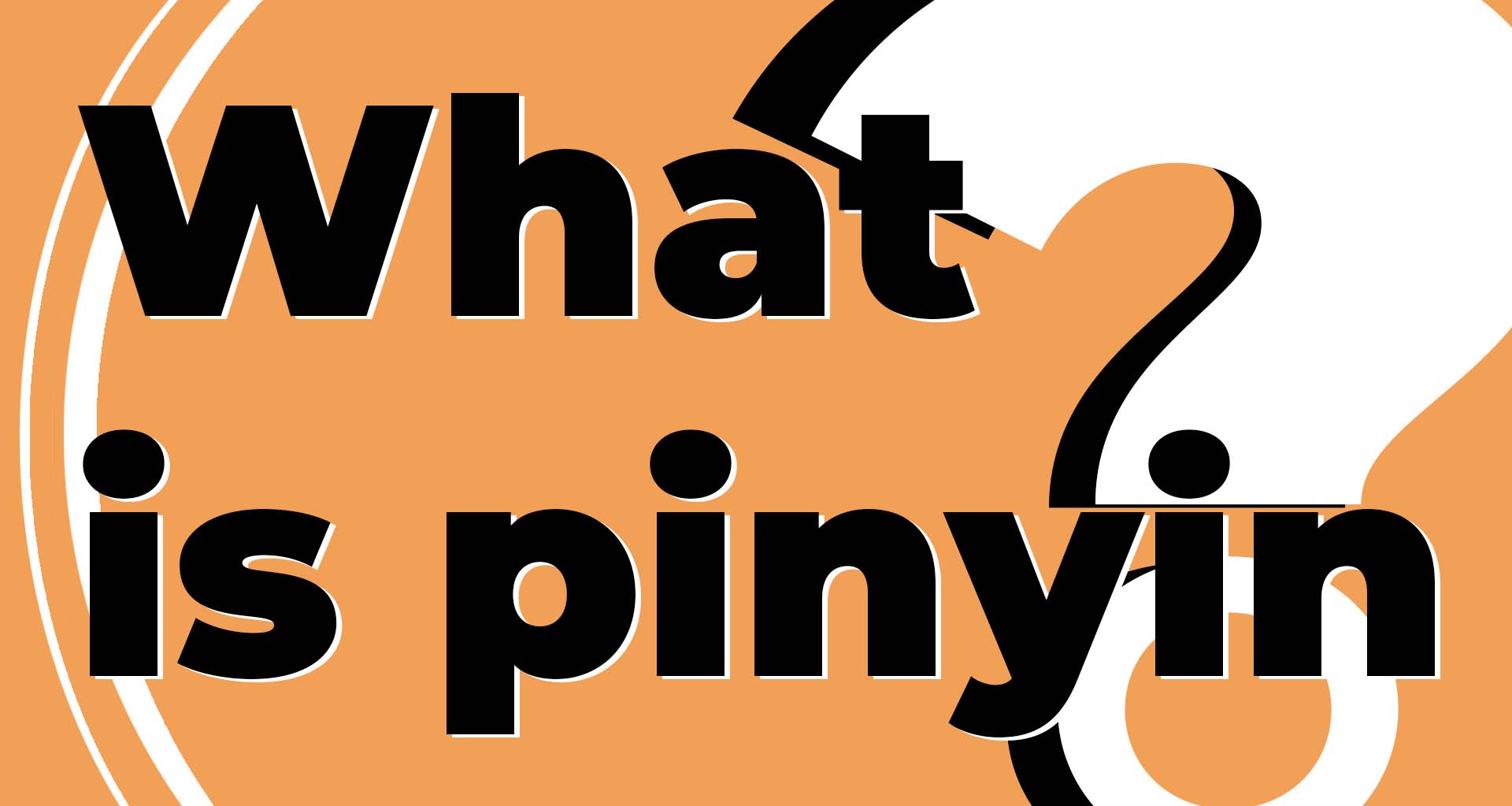
The pinyin meaning in Chinese is "spelled sounds". It’s like a Chinese - English Pronunciation system. Pinyin and mandarin are one and the same, but entirely different. Pinyin (or Hanyu Pinyin) is a romanisation of mandarin characters. It is used to represent the sounds made when you speak Chinese. It is one of many different romanisations. Today it is the dominant system. Increase you Chinese level and learn about the culture in China by watching our Youtube Channel, Fragrant Mandarin.
Contents
How Pinyin Works
How pinyin romanisation works is simple. It uses the Roman alphabet. It is a romanisation of a character like 拼 into the letters ‘pīn’. This is in fact the pīn in pinyin. The flat tone ¯ in pīn is an indication of the ‘up and down’ in your voice when you speak mandarin, or the tone. In the first tone, seen here, there is no up and down. It is a high, flat tone. Chinese is a tonal language. Two words have entirely different meanings based on the tone you speak them in. There are four main tones and one neutral tone in Mandarin Chinese. In pinyin these looks like:
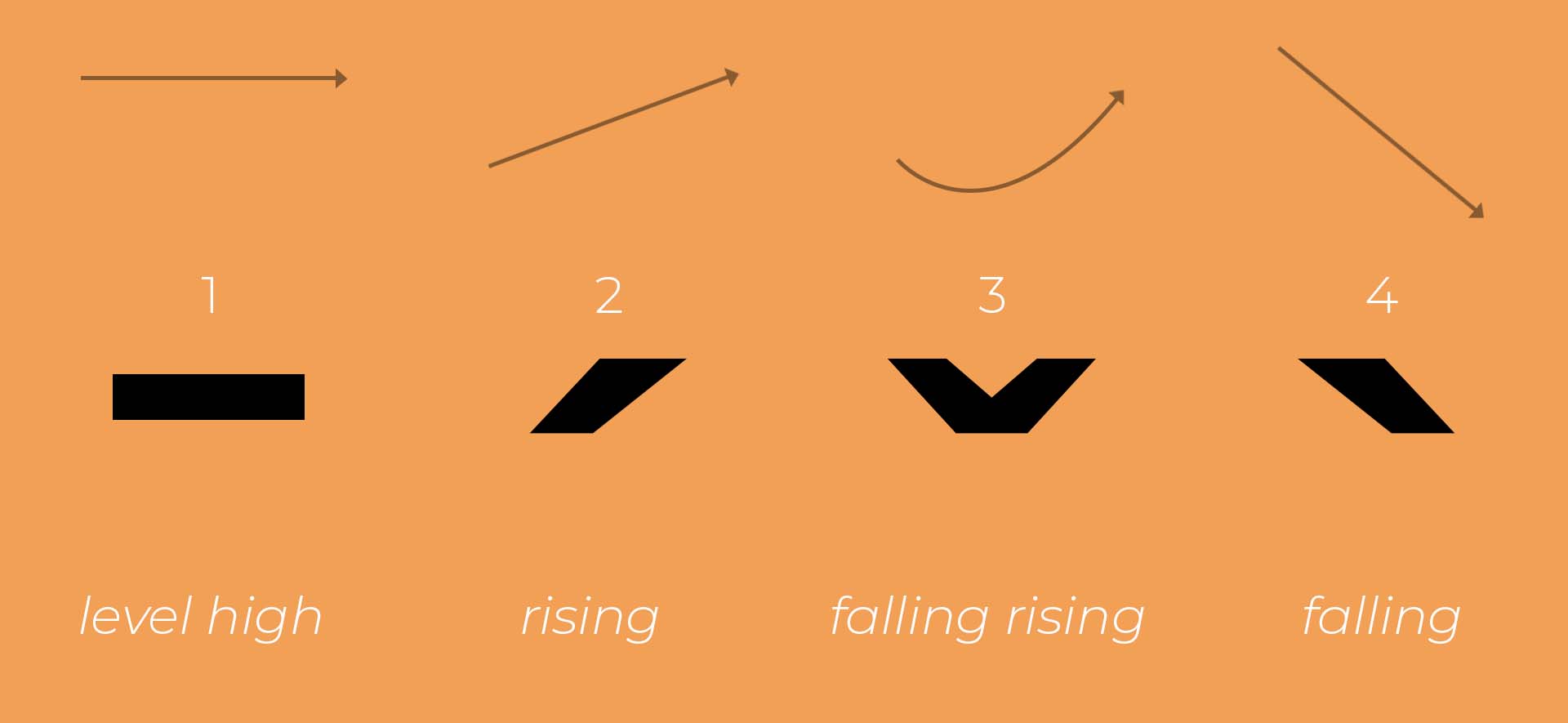
So Pinyin not only romanises the sound itself, but also the tone of mandarin.
How Many Pinyin Are There?
There are 26 pinyin characters (letters). The same as English. The major difference is that a ‘v’ is not used in Hanyu Pinyin. There is no ‘v’ in Chinese. A ‘ü’ is used in its place. This pinyin sound uses the same shape in your mouth as if you were going to whistle and is similar to the ‘oo’ in the English word dude. There are 56 pinyin syllables (or phonemes), which gives a total of around 400 pinyin combinations in use. These 56 syllables are divided into two categories: initials and finals. Initials are used at the beginning of a syllable. Finals are used at the beginning or end of a syllable.
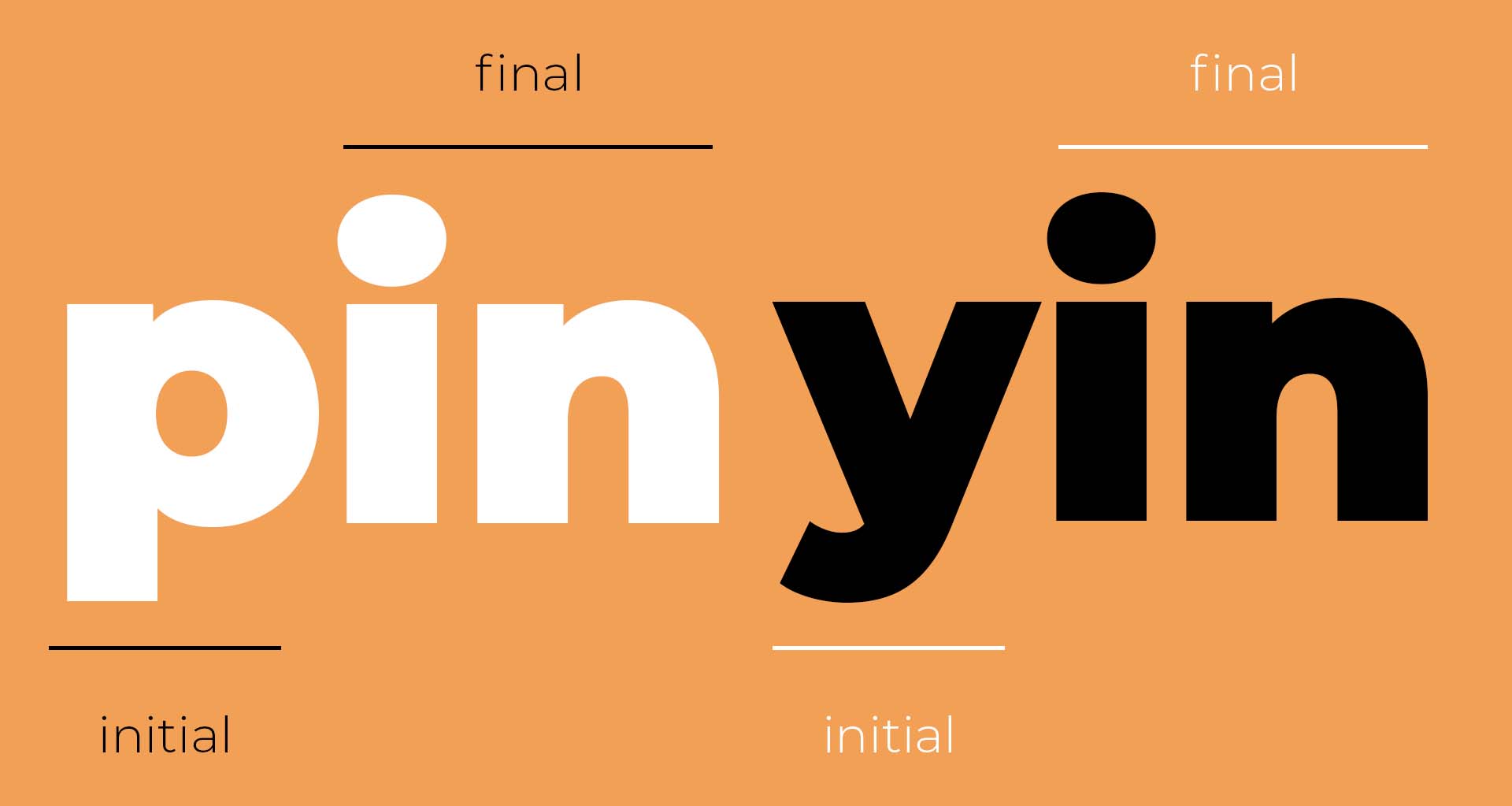
Is Pinyin Accurate?
Representing Chinese through romanisation is difficult. So there have been many different romanisations of Chinese throughout history. It can be argued that there are actually 67 phonemes (syllables) in Chinese. Pinyin ignores small differences in pronunciation between some syllables. So is pinyin accurate? Well, yes. When it was introduced in China in 1958 it was with the intention to teach standard Chinese pronunciation and dispel illiteracy. There are hundreds of dialects within China. The exact number is not known. There are enough differences between these dialects for people to consider them different languages. One of pinyin’s main reasons for development was to give the people of China a better chance to understand each other by making standard Mandarin Chinese more understood within society. My buddy Kevin has a great video on dialects spoken by tourists visiting Yangshuo. It’s an effective way of understanding dialects.
Pinyin History: Why Was Pinyin Developed?
Before Pinyin was introduced, there was no authoritative way to spell Chinese characters using an English script. There were several competing romanisations vying for number one and 85% of Chinese people could not read. The earliest recorded attempts to romanise Chinese were in the 1600’s. The books Xizi Qiji (西字奇蹟) and /Xi Ru Ermu (西儒耳目資) were written and published by missionaries. These already shared some similarities with Hanyu Pinyin. Pinyin was based on three older systems: Gwoyeu Romatzyh, Latinxua Sin Wenz and Zhuyin Fuhao (bopmofo).
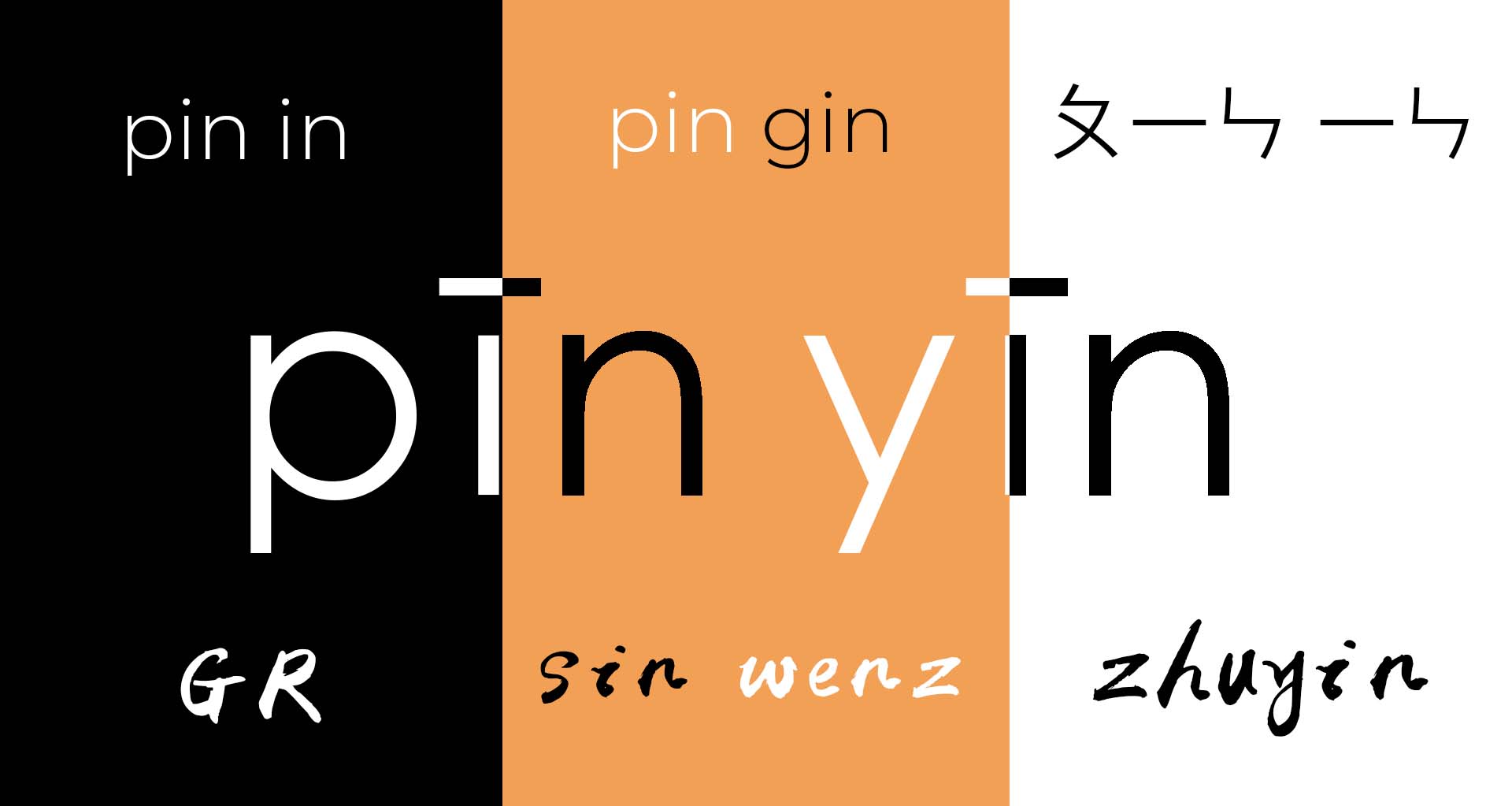
Gwoyeu Romatzyh (or GR) indicated tones using spelling. e.g. ai, air, ae, ay. It’s still in use today to distinguish between two provinces which are identical when written in pinyin: Shaanxi (陝西) and Shanxi (山西). GR was intended to be used alongside Zhuyin Fuhao (Zhuyin). Criticisms in how it favoured the Beijing dialect and its difficult tonal spelling stopped it from becoming mainstream. Zhuyin Fuhao means phonetic symbols. It was a system of 36 characters and four tones. It is not a romanisation. It could be compared to katakana in Japanese and is a system of ‘regularised’ characters based on existing Chinese characters. Zhuyin and pinyin are based on the same Chinese pronunciation, 56 phonemes. So they cross reference perfectly. Zhuyin is still used in Taiwan today. Latinxua Sin Wenz (Sin Wenz) does not indicate tones. There are thirteen possible schemes which were intended to be used for different dialects. It looks similar to pinyin, but spellings differ. It was only through the combination of these three systems that Hanyu Pinyin was born. It owes its success to the flaws found in these older scripts. Sidenote: the popular Chinese lager Tsingtao is based on another romanisation, Wade-Giles. It is actually pronounced Qīngdǎo when using pinyin.
Who Invented Pinyin?
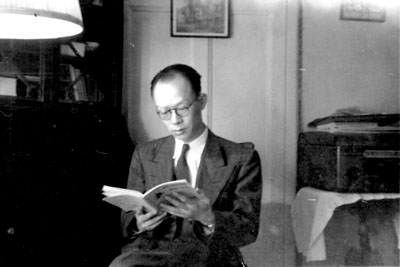
The pinyin inventor is often cited as Zhou Youguang, however he was actually the leader of a team dedicated to creating a Chinese alphabet for pronunciation. Zhou was an economist and when asked by the government to create this new tool, was reluctant. People laughed at him and his team because it had taken them three years "to deal with just 26 letters." Creating simplicity is complicated. Nowadays thanks to the work of Zhou and his team, the literacy rate in China is around 95%.
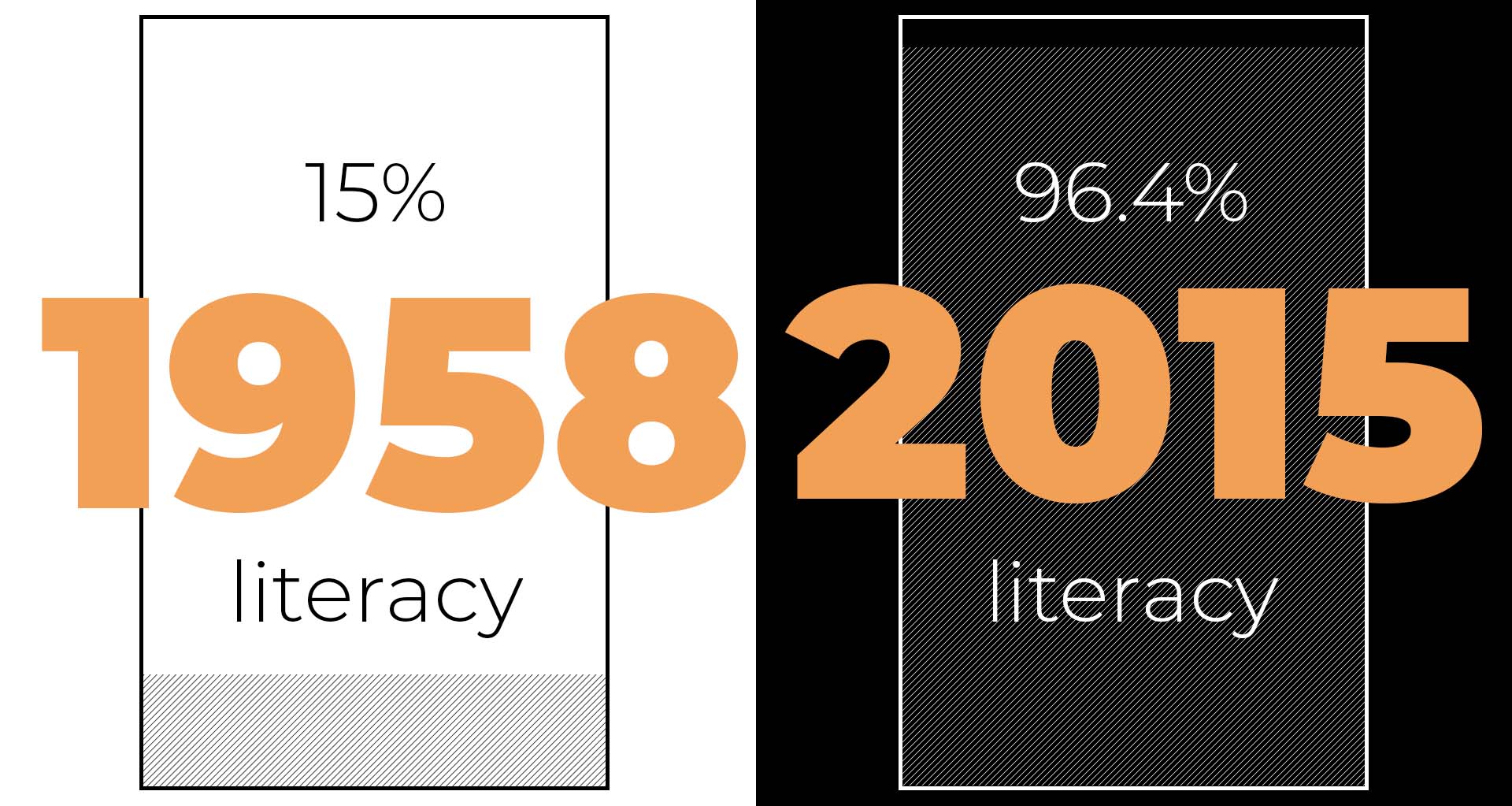
He passed away at the ripe age of 111 leaving his gift of literacy to the world. He is often quoted saying "I’m not the father of pinyin - I’m the son of pinyin. It’s [the result] of a long tradition from the late years of the Qing dynasty down to today."
When Was Pinyin Introduced?
Pinyin was introduced to schools in 1958, where it is now taught in primary school. The United Nations adopted is as the standard romanisation for writing Chinese in 1986.
Is Pinyin Popular in China?
Pinyin is still used in schools today. So most Chinese natives can read pinyin. Pinyin use in China, outside of learning pronunciation, is common and encountered on every street corner. Road signs and place names often have their pinyin counterparts displayed alongside them. In situations where uncommon characters are used, sometimes pinyin is written as well. A good example of this is at zoos, where characters for animals that people will not have heard of are also listed in pinyin. So you could say that pinyin is used as a tool to help pronounce characters that are uncommon. Another good example is the most complicated character in Chinese, biáng (a noodle dish from Shaanxi province). It is always written in pinyin as, perhaps due to its complexity, it’s not included in modern dictionaries.
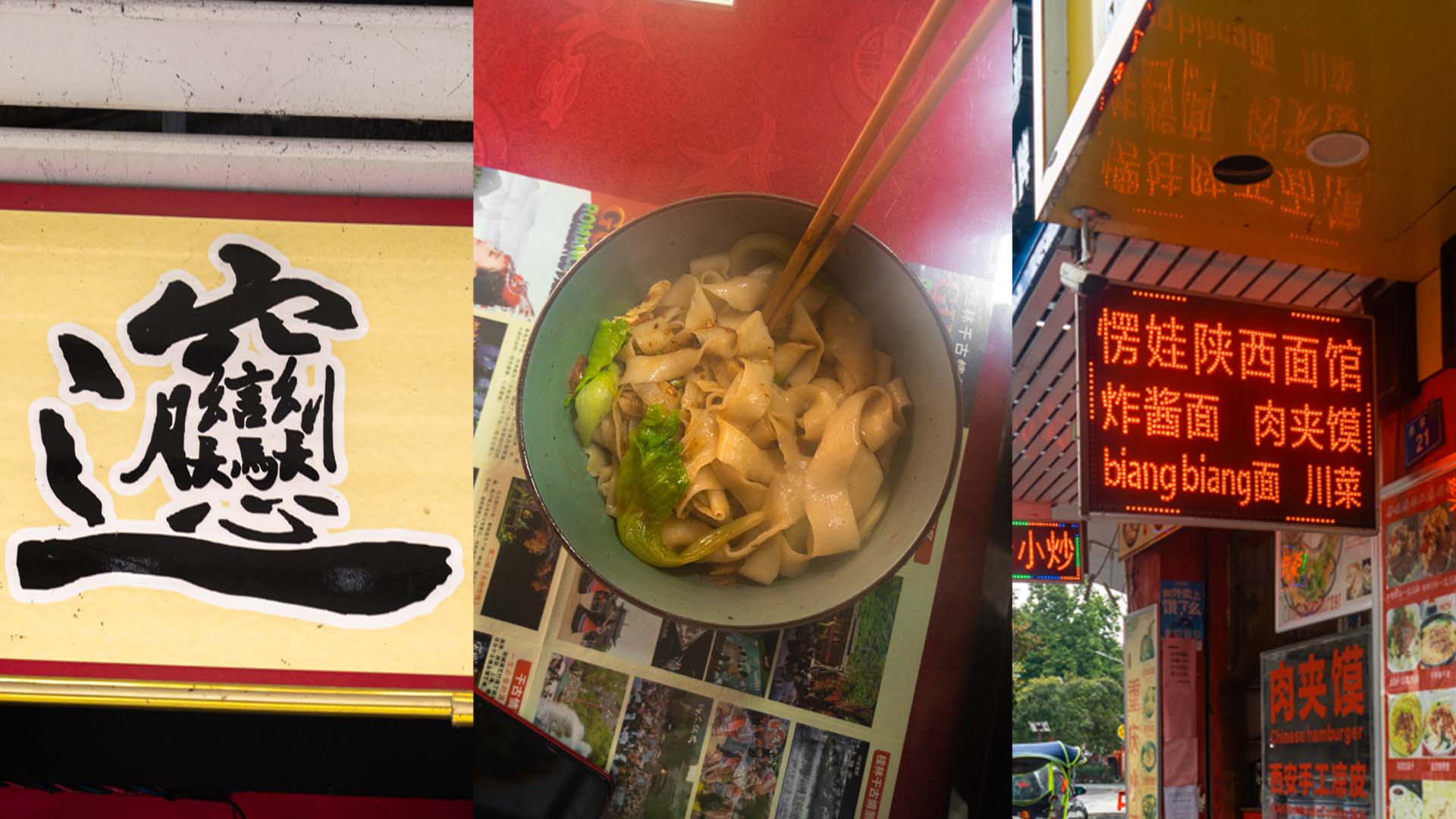
Perhaps most usefully in the modern era, it’s also used to type or text on computers nowadays. Typing in the pinyin for a character or word will bring up a series of options to choose from. Typing ‘pin’ into my phone gives me hundreds of options, but the first are the most common: 品 pǐn (goods/product),聘 pìn (to hire),拼 pīn (to spell),频 pín (frequency) and 贫 pín (poor).
Learn More About Pinyin
Considering learning pinyin? We have a free Chinese pronunciation guide with audio and pdf downloads. You can also visit our Chinese culture and language learning YouTube for sweet sweet vids on all things China.
What Pinyin Means For Chinese Language Learning
Pinyin is an incredible tool. The fact it has taken hundreds of years to develop, coupled with the extreme shift in literacy rates shows its effectiveness. May it help you on your Chinese learning journey!
